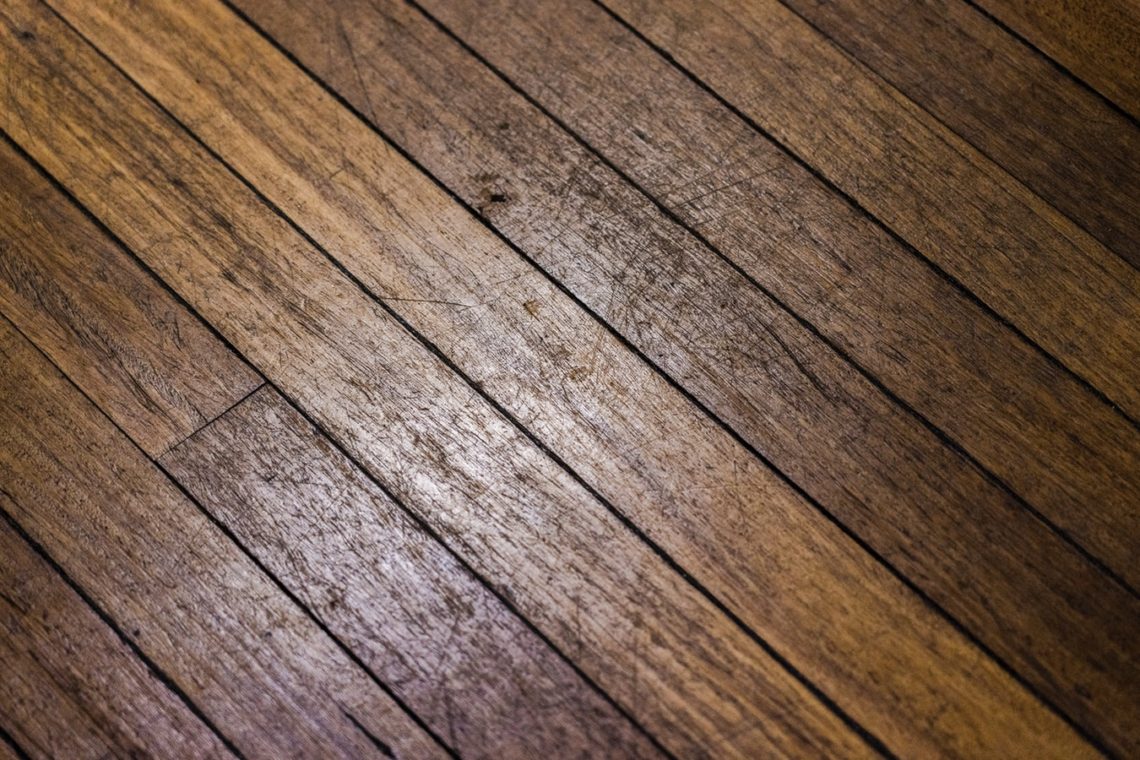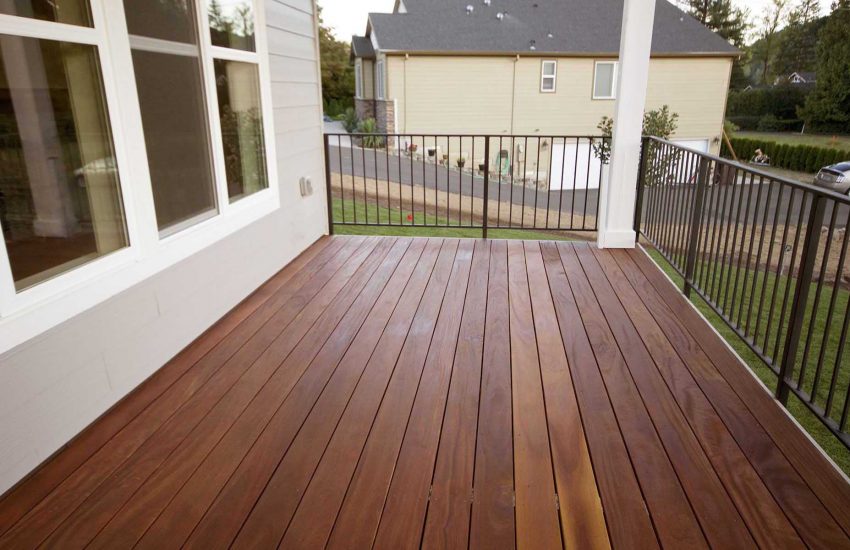Benefits of concrete wood floors
Solid wood floors are synonymous with timelessness; they add value to the home. In addition, its durability is almost unmatched. Below, we list its main advantages.
- Value to your home: Solid wood floors are a significant investment, as they give more excellent value to the house and can last a lifetime, and if that were not enough, they have the advantage of being able to be restored to increase their useful life.
- Environmentally friendly: This flooring offers an eco-friendly product, with recycled materials in its core and lower layer. Solid wood floors can be an option if you love ecology.
- Designs: Solid wood is very versatile, as it has a wide variety of tones and designs, thanks to its layers being made from wood. Its surface can be smooth, aged or scraped by hand; either will give your home a beautiful and natural look.
- Versatility: As there are different species of wood, it is possible to install it in any home area regardless of the floor’s deformation or imperfection.
Disadvantages of solid wood floors
As for the disadvantages of this type of flooring, we can find:
- Impermeability: Solid wood floors are water resistant but not waterproof. Therefore, it is recommended not to install this type of flooring in areas prone to moisture, spills or leaks, be they kitchens, bathrooms or basements.
- Cost: Since it has more cumbersome production processes and 100% wood components that are difficult to acquire, its production costs are usually high, but it is a worthwhile investment.
Laminate flooring
Their installation and maintenance make them preferred. In addition, they have an almost actual appearance that has improved over the years. The manufacture of layered laminate flooring has been the inspiration for many products in this same niche, and it could be said that they were pioneers. So here we tell you how they are made.
- Wear Layer: Transparent layer responsible for protecting the laminate floor’s surface from bumps, scratches or stains, and to some extent from spills.
- Design layer: In this layer, the photographic image is printed with a design that maintains the piece’s originality. Its appearance is just like wood. All types are unmatched; to look natural, with cracks and scratches.
- Core: is Also known as the central layer. It is the main part of the board, which is made from HDF, made of high-density wood fibre, joined using heat and pressure. The core is responsible for giving stability and resistance to the ground.
- Support layer: Better known as a backing layer, it is responsible for providing stability and firmness to the floor and protecting it against moisture.
Advantages and disadvantages of laminate flooring
Advantages of laminate flooring
Among the main advantages of laminates, the following stand out:
- Durability: Thanks to their composition, the laminates are highly durable, perfect for areas prone to high traffic or pets.
- Realism: Due to its design layer and the state-of-the-art technology implemented in its manufacture, laminates can almost perfectly imitate any natural material, including its reliefs and textures.
- Water resistance: Laminates are water resistant to a certain extent. Thanks to the composition of their core and their click-type installation system, they prevent leaks and repel water for short periods.
- Wear resistance: Laminate has a resistant wear layer that protects the floor from any unforeseen external event, so they are ideal for pets and children. They will surely love them.
- Cleaning and Maintenance: Keeping your floor sparkling clean takes no effort. Just sweep and dry mop occasionally. With minimal care, your laminates can last for a long time.
- Installation: the ideal floor for DIY is the laminate floor. Being a floating floor with a snap-in installation system, you could do it yourself without much effort.
Disadvantages of laminate flooring
Now, laminate flooring also has disadvantages. Between them:
Impermeability: Laminate flooring is not 100% waterproof because they have waterproof characteristics from top to bottom, but not from bottom to top.
- Versatility: Since laminates don’t have waterproof capabilities, you won’t have complete freedom to install them anywhere, least of all those prone to moisture.
- Acoustics: Properly installing your laminates is essential to avoid hollow or empty sounds to the touch. For this reason, It is recommended to follow the manufacturer’s instructions or hire an expert. The implementation of a subfloor will help reduce the sound.
- Material: Although it imitates wood almost perfectly, it is not natural wood since the laminates lack small details such as texture or relief.


